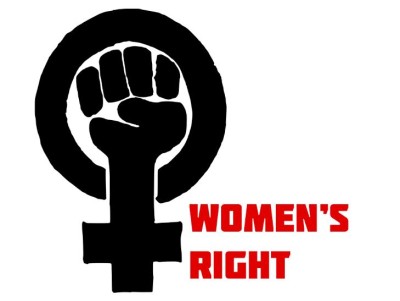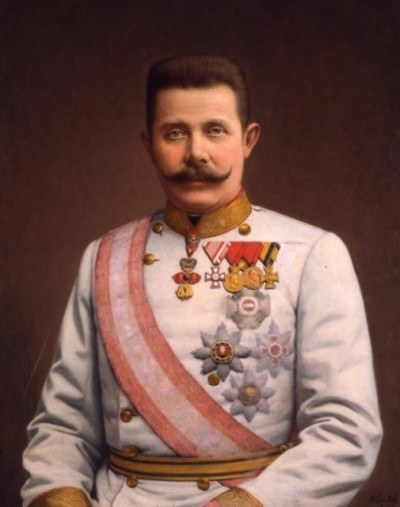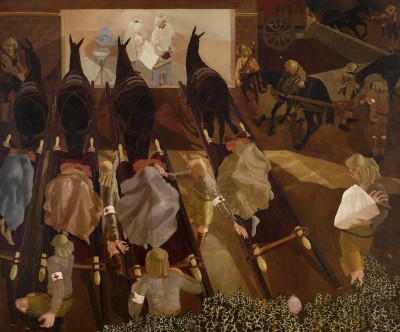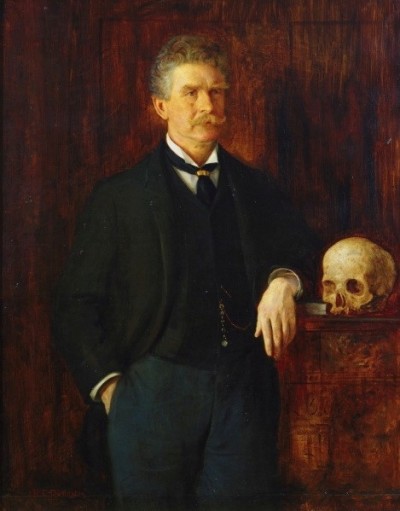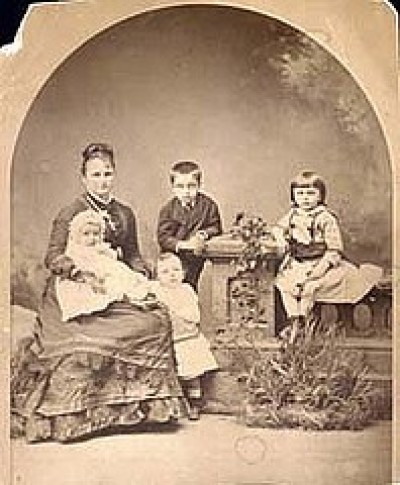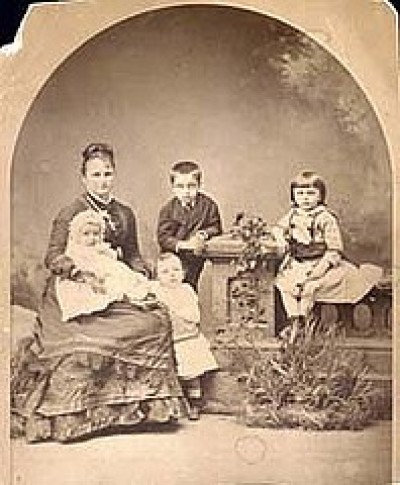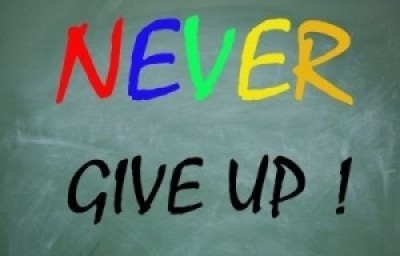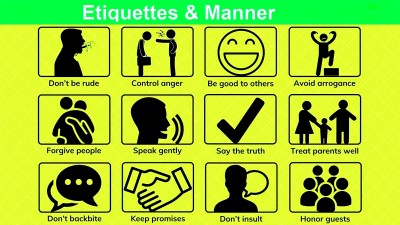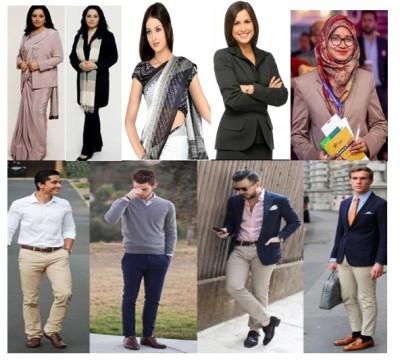Course description
Women’s Rights in Bangladesh and Around the Commonwealth
 Bangladesh is notable for having two female prime ministers continuously since 1991, except for a two-year period from the end of October, 2006, when the Bangladesh Nationalist Party resigned, until January, 2009, when the Awami League won the general election. During this twenty-six month hiccup, a caretaker government supported by civil society leaders and the military ruled without the mandate of the people. Yet, in a world where female leaders – in fact, even female lawmakers or CEOs – are rare exceptions, it is remarkable that for nearly thirty years, Bangladesh has been governed by women.
Bangladesh is notable for having two female prime ministers continuously since 1991, except for a two-year period from the end of October, 2006, when the Bangladesh Nationalist Party resigned, until January, 2009, when the Awami League won the general election. During this twenty-six month hiccup, a caretaker government supported by civil society leaders and the military ruled without the mandate of the people. Yet, in a world where female leaders – in fact, even female lawmakers or CEOs – are rare exceptions, it is remarkable that for nearly thirty years, Bangladesh has been governed by women.
Or is it?
 After all, both Sheikh Hasina and Begum Khaleda Zia were elected not on their own merits but because they were the daughter and widow of slain leaders. The same could be said of Benazir Bhutto in Pakistan, assassinated in 2007, whose father, Zulfiquar Ali Bhutto, had been hanged thirty years before by the Army. Or, in fact, of Sirimavo Bandaranaike, who served three long terms as Prime Minister in Sri Lanka from 1960 till 2000, when she died in office, only to be succeeded by her daughter, Chandrika Kumaratunga – so, the widow and daughter of another assassinated leader. And, of course, there is Indira Gandhi, the friend and ally of Bangabondhu, murdered by her own Sikh bodyguards in 1984, and the daughter of Jawaharlal Nehru, the great Indian freedom fighter and three-time Prime Minister of India. In short, not a single South Asian woman has been elected without being related to a dead leader who was also her father or husband. Whether we support any or all of these leaders, if we admire them for their achievements or are unimpressed by them, the fact remains that all these South Asian countries – Bangladesh included – voted for a family, a dynasty, not a woman!
After all, both Sheikh Hasina and Begum Khaleda Zia were elected not on their own merits but because they were the daughter and widow of slain leaders. The same could be said of Benazir Bhutto in Pakistan, assassinated in 2007, whose father, Zulfiquar Ali Bhutto, had been hanged thirty years before by the Army. Or, in fact, of Sirimavo Bandaranaike, who served three long terms as Prime Minister in Sri Lanka from 1960 till 2000, when she died in office, only to be succeeded by her daughter, Chandrika Kumaratunga – so, the widow and daughter of another assassinated leader. And, of course, there is Indira Gandhi, the friend and ally of Bangabondhu, murdered by her own Sikh bodyguards in 1984, and the daughter of Jawaharlal Nehru, the great Indian freedom fighter and three-time Prime Minister of India. In short, not a single South Asian woman has been elected without being related to a dead leader who was also her father or husband. Whether we support any or all of these leaders, if we admire them for their achievements or are unimpressed by them, the fact remains that all these South Asian countries – Bangladesh included – voted for a family, a dynasty, not a woman!
 But, before we look at modern history, let’s step back into the not so distant days of the British Raj in India, when what is now three countries was, in those days, only one, and was part of a huge empire which covered 30% of the world’s land. It may come as a surprise to you to know that in several British colonies women were actually voting in elections before India and Pakistan got independence in 1947. New Zealand, the first major country to give all women the vote, did so in 1893. Australia followed suit in 1902. In the Caribbean colonies, such as Trinidad and Tobago, men over 21 years of age and women over 30 could vote from 1925. Twenty years later, the voting age was made 21 for both women and men there. Canada had already introduced female suffrage for the over-21s just before the First World War ended in 1918… but only for those who had been born there and owned property. In the African colonies, the situation was much worse with most women not allowed to vote until after independence in the early 1960s.
But, before we look at modern history, let’s step back into the not so distant days of the British Raj in India, when what is now three countries was, in those days, only one, and was part of a huge empire which covered 30% of the world’s land. It may come as a surprise to you to know that in several British colonies women were actually voting in elections before India and Pakistan got independence in 1947. New Zealand, the first major country to give all women the vote, did so in 1893. Australia followed suit in 1902. In the Caribbean colonies, such as Trinidad and Tobago, men over 21 years of age and women over 30 could vote from 1925. Twenty years later, the voting age was made 21 for both women and men there. Canada had already introduced female suffrage for the over-21s just before the First World War ended in 1918… but only for those who had been born there and owned property. In the African colonies, the situation was much worse with most women not allowed to vote until after independence in the early 1960s.
As for Britain itself, women of thirty were allowed to vote from 1918 if they owned their own homes or had university qualifications. These new rules were introduced to Parliament in The Representation of the People Act in 1918. A decade later, the age for suffrage was reduced to 21, the same as for men, and the property and education qualifications were dropped.
So, first of all, why did it take so long for Britain to give women the vote, a quarter of a century in fact after its first colony did so?
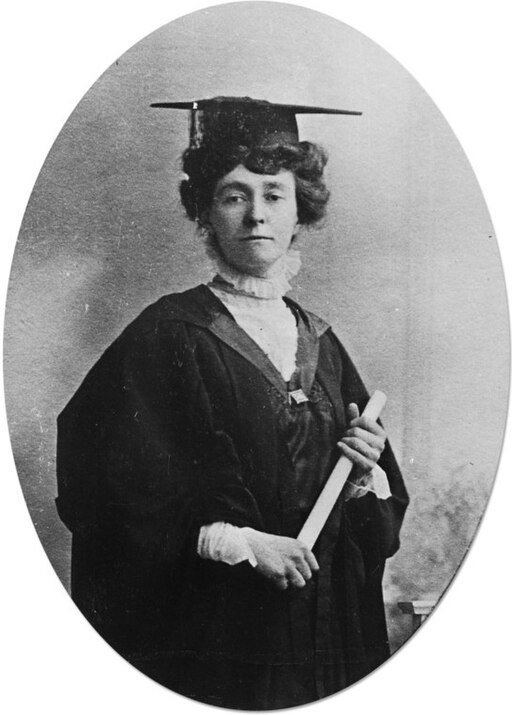 It may not come as much of a shock to you that Britain only introduced the right to vote for women after extreme political pressure throughout the 19th century. This had become increasingly violent in the years leading up to the First World War. Emily Pankhurst, one of the leading ‘suffragettes’, as the women who wanted the vote called themselves, is well-known but there are many others who suffered greatly or even died, whose names have been forgotten. The short account that follows is about one of them, Emily Davison.
It may not come as much of a shock to you that Britain only introduced the right to vote for women after extreme political pressure throughout the 19th century. This had become increasingly violent in the years leading up to the First World War. Emily Pankhurst, one of the leading ‘suffragettes’, as the women who wanted the vote called themselves, is well-known but there are many others who suffered greatly or even died, whose names have been forgotten. The short account that follows is about one of them, Emily Davison.
She died on 8th June, 1913, at forty years of age. Four days before, she had run in front of the King’s horse at an important racing event in southern England. At the time, the newspapers reported that she was mad, but now we see her death differently. We understand that she wanted the world to think about women’s rights and that her death was the only way she could make people do it – or so she believed.
Emily Wilding Davison was born in 1872 and, all her life, loved books. Her father was a rich man and Emily’s childhood was very comfortable. But when she was nineteen, he died and Emily did not have sufficient money to go to university as she had hoped. She took a job as a private tutor in a rich man’s home and soon saved enough to do degrees in English at Oxford and London Universities. However, there were no jobs for educated women in those days. So, Davison went back to teaching again anyway.
 For many years, Davison worked at schools and for women’s rights groups. In the end, she stopped teaching though and worked full-time for a suffragette organisation. She did not have much money but she enjoyed the new friendships she made. It was dangerous work in those days, because the British government and police did not want women to vote. Many women did not want it either. In 1909, the police arrested Davison five times. She went on hunger strike in prison because the British government did not agree that she was a political prisoner. She was force-fed. This meant putting a tube in her mouth and pushing it down into her stomach. Davison hated it, of course, and never forgot it but it did not make her eat. It happened nearly fifty times.
For many years, Davison worked at schools and for women’s rights groups. In the end, she stopped teaching though and worked full-time for a suffragette organisation. She did not have much money but she enjoyed the new friendships she made. It was dangerous work in those days, because the British government and police did not want women to vote. Many women did not want it either. In 1909, the police arrested Davison five times. She went on hunger strike in prison because the British government did not agree that she was a political prisoner. She was force-fed. This meant putting a tube in her mouth and pushing it down into her stomach. Davison hated it, of course, and never forgot it but it did not make her eat. It happened nearly fifty times.
In 1913, Davison wrote that the only way women could get the vote was if someone died. On that terrible day in June, 1913, she tried to put the flag of the women’s rights movement on the King’s horse when it ran past her. A court decided it was an accident. Davison had a return train ticket to London in her pocket. Why would she have bought a return if she had intended to commit suicide?
 At her funeral, five thousand women, all dressed in white, walked with her coffin. But it still took another twelve years for women to get the same voting rights as men.
At her funeral, five thousand women, all dressed in white, walked with her coffin. But it still took another twelve years for women to get the same voting rights as men.
Eighty years after Davison died for women’s rights in a hospital in southern England, a little lady in her eighties in Bangladesh, thousands of miles away, was receiving hate mail and death threats in 1993 because she was championing women’s rights. Extremist Islamic groups resented this. Sufia Kamal was eighty-two years old at the time. She said nothing but continued to fight for her opinions. Sufia Kamal was never afraid to say what she believed. She was a social activist not only for women but also for her language and the independence of her country before and during the War of Liberation.
 Sufia Kamal was born in Barisal in 1911, only two years before Davison died. Her father was a rich lawyer. But that did not mean Sufia could go to school. That was for her brothers. She educated herself by reading in her uncle’s library. However, her family only wanted her to learn Arabic, Urdu and Hindi, not Bangla. Sufia decided this was not enough and learnt her mother tongue with help from the servants in her home. When she started writing – and she was only fourteen when her first story was published – it was in Bangla, of course!
Sufia Kamal was born in Barisal in 1911, only two years before Davison died. Her father was a rich lawyer. But that did not mean Sufia could go to school. That was for her brothers. She educated herself by reading in her uncle’s library. However, her family only wanted her to learn Arabic, Urdu and Hindi, not Bangla. Sufia decided this was not enough and learnt her mother tongue with help from the servants in her home. When she started writing – and she was only fourteen when her first story was published – it was in Bangla, of course!
Sufia got married when she was eleven but her husband died when she was only twenty-one. Five years later, she re-married. She had this to say about her childhood in an interview in 1999, the year of her death at the age of eighty-eight:
“'The culture was to keep the women at home, train them in household chores and make them perfect women: docile, ready to please everyone in the family. There was a strong anti-British movement, but my family believed women should stay out of it.”
Sufia did not think that her message about women’s rights was only for the poor. She said that she understood women of all classes because she experienced the same things at home as they did:
 “My own experience as a woman made me sensitive toward the condition of women of all classes. It does not matter if they are poor, middle class or upper class, violence against women in the family, society and in public life has always been there.”
“My own experience as a woman made me sensitive toward the condition of women of all classes. It does not matter if they are poor, middle class or upper class, violence against women in the family, society and in public life has always been there.”
Although Sufia Kamal concentrated on women’s rights in later life, she also showed her courage in fighting for Bangla to be an official language of Pakistan and to make Bangladesh independent. Here are the last lines of a poem, ‘Our Language: The Language of Bengal’, she wrote about Bangla and the Language Movement of the 1950s:
‘For our language many have died,
drawn from the arms of our mother
but down the road, smeared with their blood
I hope freedom will come to this land:
the simple language of a simple people
Will meet the demands of this our land.’
 In 1961, when the Pakistani Government made it illegal to sing the songs of Rabindranath Tagore, she protested. She also worked so that General Ayub Khan resigned in 1969. When the Pakistani leader voiced his opinion that people were like animals and should not vote, Sufia Kamal stood up and shouted: “If the people are animals then, as the President of the Republic, you are their king.”
In 1961, when the Pakistani Government made it illegal to sing the songs of Rabindranath Tagore, she protested. She also worked so that General Ayub Khan resigned in 1969. When the Pakistani leader voiced his opinion that people were like animals and should not vote, Sufia Kamal stood up and shouted: “If the people are animals then, as the President of the Republic, you are their king.”
Two years later, Zillur Rahman, the head of Radio East Pakistan, asked her to sign a document that said there was no massacre in the country. He told her that if she refused, it might make trouble for her and her son-in-law, Kahar Chowdhury. But Sufia answered she would prefer to die than sign. Sadly, Kahar was killed by the Pakistani Army. Sufia Kamal later worked to try to bring Rahman and other Pakistani war criminals to justice.
During the War of Liberation, Sufia not only helped women who were wounded in fighting and who lost their homes but also sent medicine and food to freedom fighters. After the war, she was also the first Chairperson of BRAC from 1972 to 1980.
Before she died, Ms. Kamal said that she preferred a simple private funeral. She explained why as well:
“Our people have courage; our leaders have not. They never take brave decisions because they may be unpleasant. Why? Because they have no courage.”
 But Sufia Kamal had a state funeral, when she died in November, 1999, the first woman in Bangladesh to get one.
But Sufia Kamal had a state funeral, when she died in November, 1999, the first woman in Bangladesh to get one.
Emily Davison and Sufia Kamal lived their lives under very different circumstances, separated by many years and thousands of miles. Davison never married and had only a single cause in her heart, while Sufia Kamal had a husband and kids and found the time and energy to become involved in many causes. But I feel they would have recognized each other’s commitment immediately and liked each other instinctively. What about you?
If Sufia Kamal and Emily Davison were alive today and living in Chattogram, do you think they would be satisfied with the progress the women’s movement has made? What obstacles do you think they would see as holding back equality for women? Which causes would they consider their main priorities?
If you want to watch some videos on this topic, you can click on the links to YouTube videos below.
If you want to answer questions on this article to test how much you understand, you can click on the green box: Finished Reading?
Videos :
1. Sheikh Hasina (4:47)
2. Benazir Bhutto(2:21)
3. Chandrika Kumaratunga(4:29)
4. Suffragettes (2:35)
5. The History of Women's Right to Vote(2:47)
6. The Suffragettes : Emmeline Pankhurst(1:30)
7. The Quick Story of The Brave and Brilliant Suffragette Emily Davison(4:36)
8. Indira Gandhi(5:59)
9. Sufia kamal : The Emancipator(5:14)










